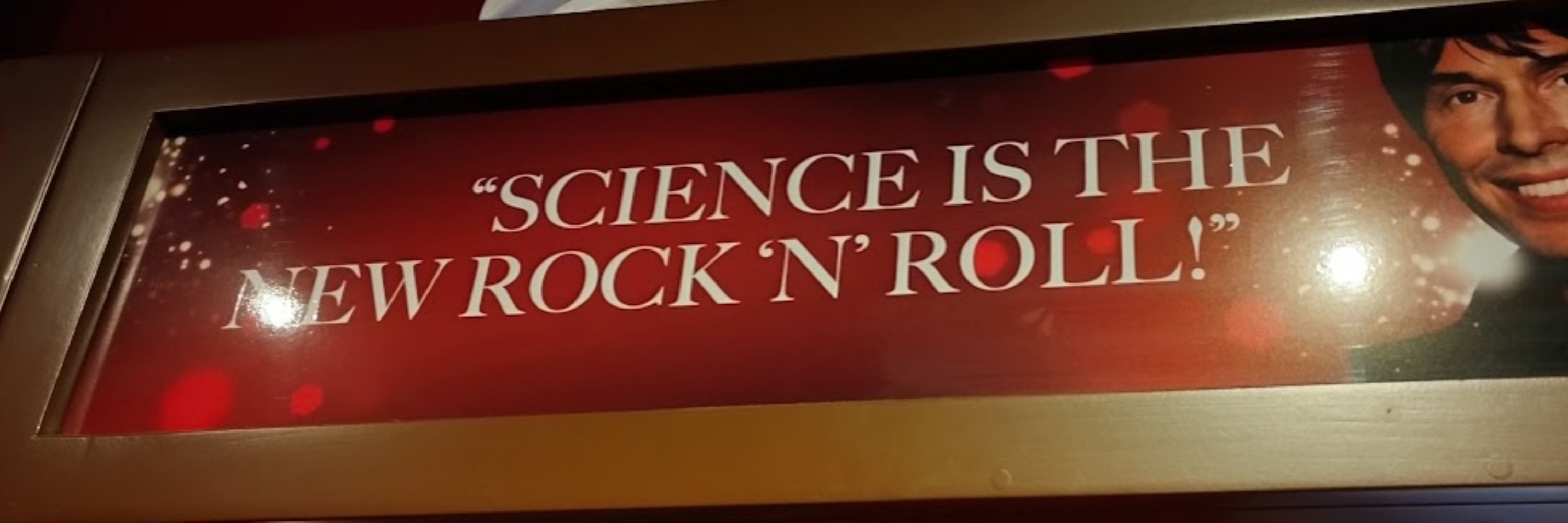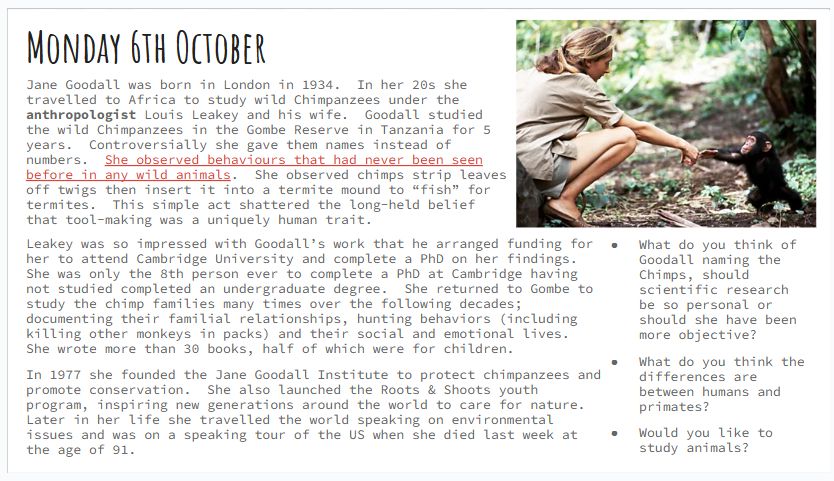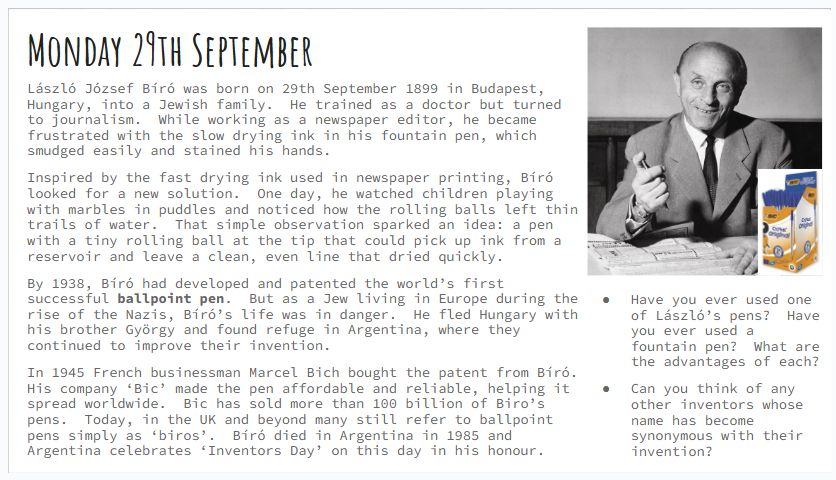Brett Handley
@physicsmrh.bsky.social
820 followers
590 following
750 posts
Physics teacher 🦄 and second in science. Staff governor. Former electronic engineer and chef. Graduate of UMIST and NTU.
Posts
Media
Videos
Starter Packs
Reposted by Brett Handley
Reposted by Brett Handley
Reposted by Brett Handley
Reposted by Brett Handley
Reposted by Brett Handley
Reposted by Brett Handley
Reposted by Brett Handley
Reposted by Brett Handley
Reposted by Brett Handley
Reposted by Brett Handley
Reposted by Brett Handley


















